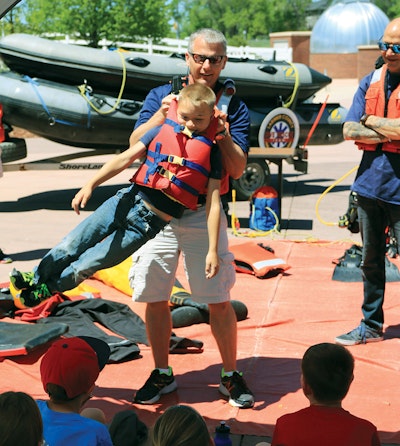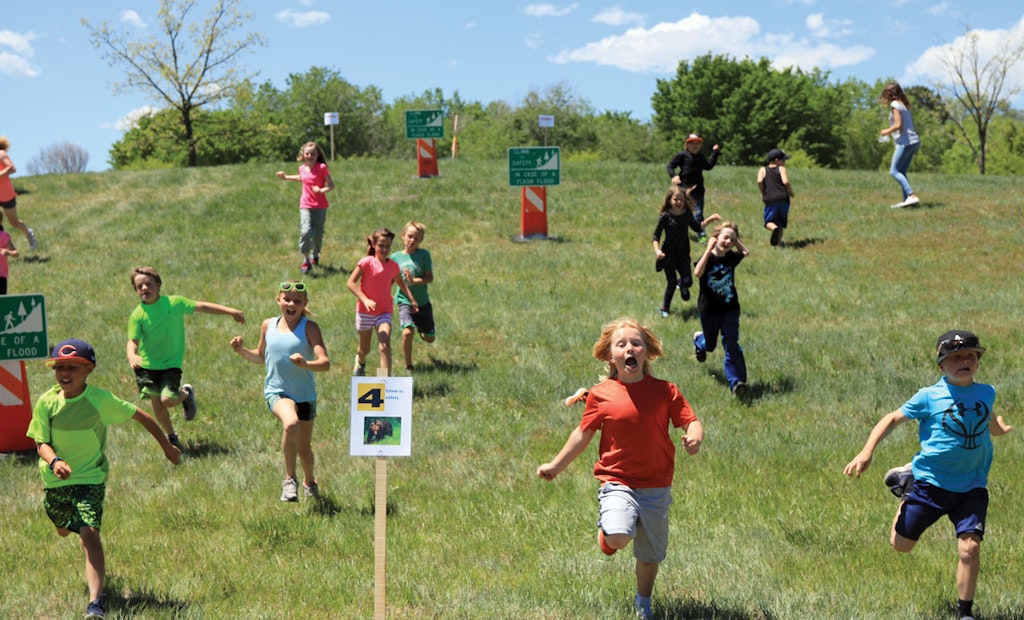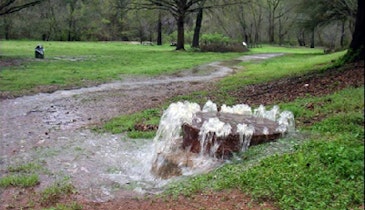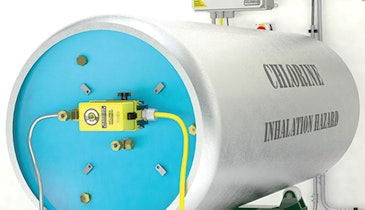Interested in Public Outreach?
Get Public Outreach articles, news and videos right in your inbox! Sign up now.
Public Outreach + Get AlertsThis year for the first time in 30 years, the Fort Collins Utilities annual water festival was held virtually due to COVID-19.
“Because it was virtual, we took advantage of broadening our audience to include all of our residents who have been to the festival over the years,” say Pete Iengo, senior communications specialist. “Our customers are all ages and every resident, no matter their age, appreciates learning how important water is in their lives.”
Before the pandemic, the festival consistently attracted 1,800 third graders including public, private and home-schooled children. It was held on the third Wednesday in May.
“Since our festival has been ongoing for 30 years, some of our past attendees, now in their late 30s, have kids themselves who are attending,” says Crystal Shafii, senior project manager. “They still comment on how much they enjoyed it when they were young, what they learned, and how it impacted their lives.”
The utility has two wastewater reclamation facilities with a combined 29 mgd capacity, serving 337,000 residents. Fort Collins, 65 miles north of Denver, receives it water from the Cache la Poudre River and the Horsetooth Reservoir.
Promoting the festival
Teachers, science coordinators and school office administrators each year receive a save-the-date email about the festival in December. In January, an email blast invites them to register. This year’s virtual event was also promoted through the utility’s website, social media and outreach to teachers, staff and volunteers from previous years.
Traditionally, the children descend from their school buses for two hours of fun and learning at a morning or afternoon session of the festival, held at the local community college. They attend four 20-minute events out of 32, including attending an exhibit hall with multiple booths. They also attend one indoor and outdoor activity.
An outside activity, Wheel of Misfortune, focuses on the probability of encountering various flood events in the area. The children put on raincoats and rubber boots and enter an enclosure that simulates different flood situations. Other outdoor activities include relay races and a “Bucket Brigade” in which children carry buckets representing how much water it takes to water their lawn or flush the toilet.
The exhibit hall includes a Wastewater Fundamentals display that teaches how wastewater is treated before it is returned to the river. Another exhibit, Enviro-scape, is a hands-on interactive demonstration that shows how people’s daily actions directly and indirectly affect bodies of water and wildlife and downstream users.
Virtual festival
This year, for the festival’s 30th anniversary, the theme was celebrating the event’s rich history and its popularity throughout the years. The virtual event allowed the utility to make the festival a campaign all during May instead of just one day.
In addition to new presenters and exhibitors, it featured staff and presenters from previous years to highlight the festival’s legacy. The staff accomplished that by using e-learning pages on its website that featured live demonstration videos and educational materials. “We also worked to align the festival with our chief issues, which included water awareness, safety and wildfire recovery due to the wildfires we experienced this past year,” Iengo says.
More than 50 staff members and 40 volunteers from the utility and city organizations help pull the festival together and change it up every year to enhance the experience for the kids and educators. That is one reason it has lasted 30 years and has such a big following.
Surveys are sent each year to the teachers after the event to ask what the utility can do to improve it and what specifically the children enjoyed. Volunteers, presenters and exhibitors are also surveyed. Staff members at the event observe student participation and excitement and report on their findings. After all the data is collected, the staff holds a debrief meeting on lessons learned.
“I’ve been working on the event for 14 years, and the impact of the festival is long-ranging,” Shafii says. “I’ve heard from several people over the years who commented that the festival inspired them to work at the utility or pursue an environmental field of study.”
One teacher was so impressed with the festival that she posted a thank you from her class in the local newspaper, The Coloradoan. Says Shafii, “To be recognized that way was so special to utility staff.”








